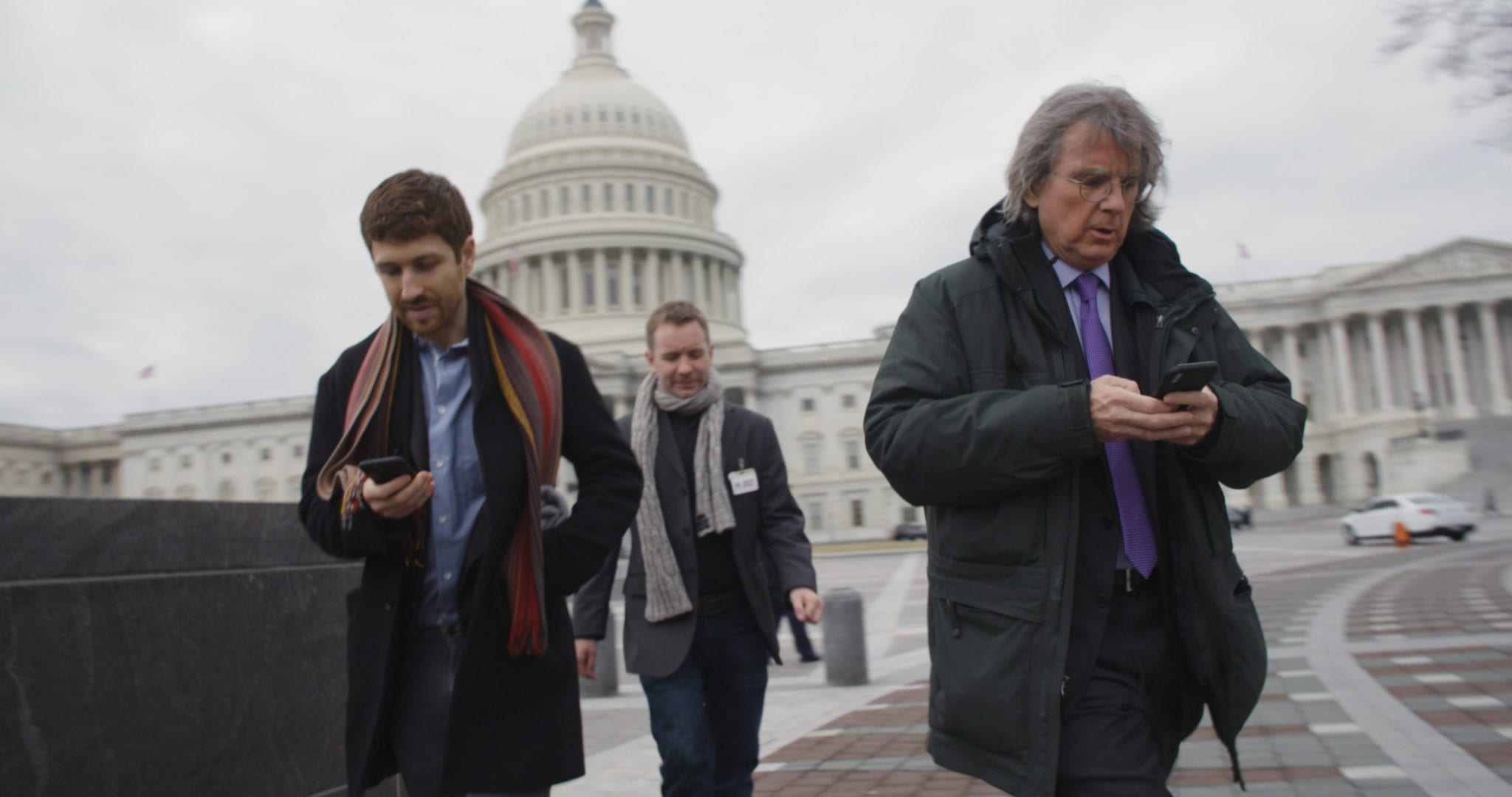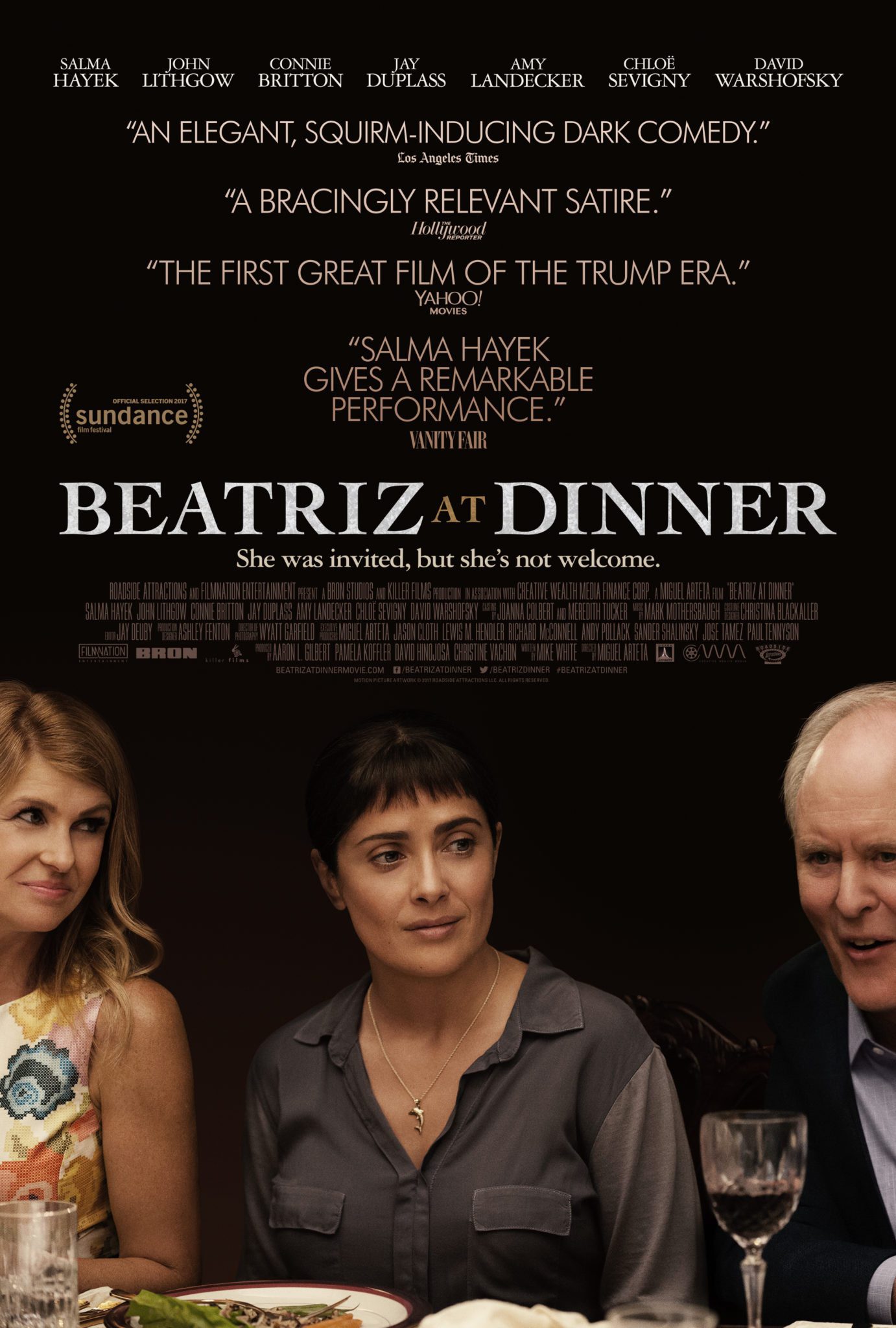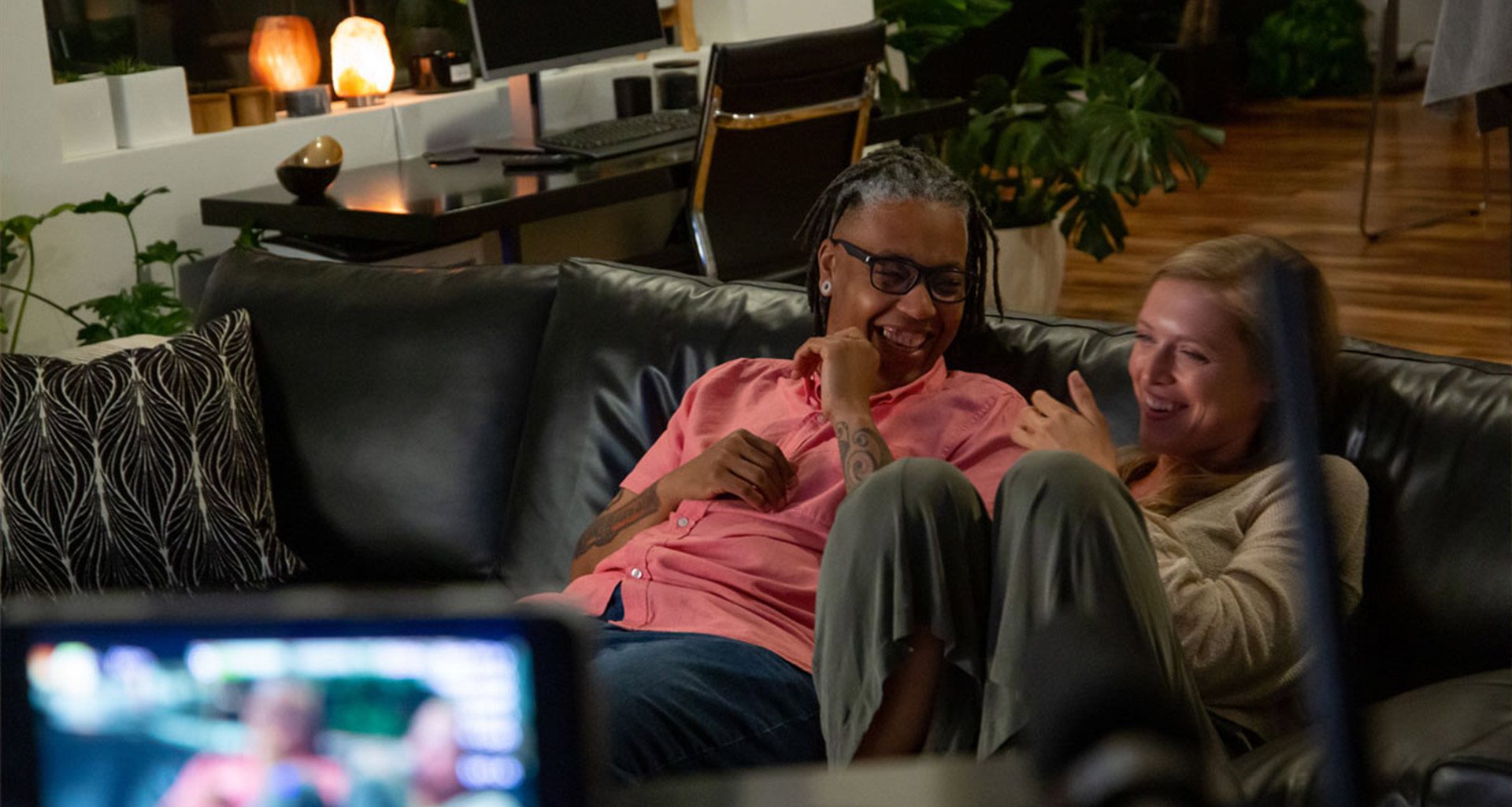 P.T. Barnum watched his father toil in poverty, the family suffering in the shadows of the rich Hallett family. With love for Charity Hallett, and a desire to show the world a vision of joy that they hadn’t seen before, Barnum works hard to embrace a new life for his family. With starts and stops, Barnum gradually builds what will become Ringling Brothers Barnum & Bailey Circus in Hugh Jackman’s?The Greatest Showman.
P.T. Barnum watched his father toil in poverty, the family suffering in the shadows of the rich Hallett family. With love for Charity Hallett, and a desire to show the world a vision of joy that they hadn’t seen before, Barnum works hard to embrace a new life for his family. With starts and stops, Barnum gradually builds what will become Ringling Brothers Barnum & Bailey Circus in Hugh Jackman’s?The Greatest Showman.
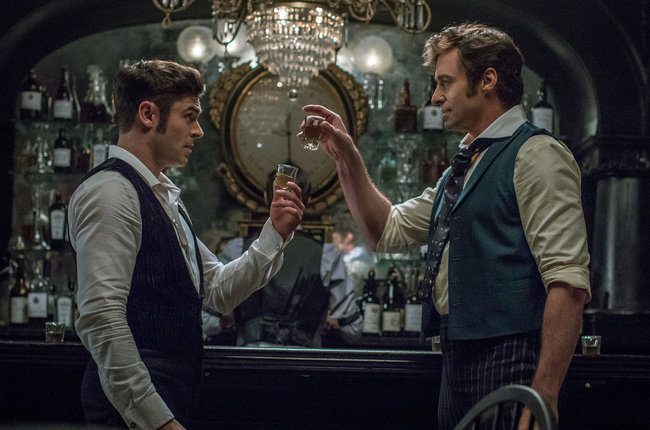 For the record, I can’t stand musicals. I think it’s ridiculous in general that a human being would spontaneously break out in song, and that another person would patiently wait to hear what they had to say until the stanza was over. I’ve sat through exactly two musicals that I ever really cared for -?The Phantom of the Opera?and?Rent?– which have spectacular stories about what it means for outsiders to become insiders, to find their place in the world. And now,I’ve found a third in?Showman, which ironically also includes a strong story about seeing the world, and the people who inhabit it, differently from the way the rest of the world does.
For the record, I can’t stand musicals. I think it’s ridiculous in general that a human being would spontaneously break out in song, and that another person would patiently wait to hear what they had to say until the stanza was over. I’ve sat through exactly two musicals that I ever really cared for -?The Phantom of the Opera?and?Rent?– which have spectacular stories about what it means for outsiders to become insiders, to find their place in the world. And now,I’ve found a third in?Showman, which ironically also includes a strong story about seeing the world, and the people who inhabit it, differently from the way the rest of the world does.
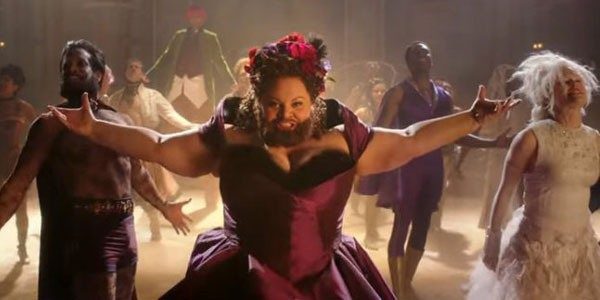 I’ll leave a standard evaluation of?Showman?to others, in terms of what it means to integrate the vision and music with the story – although I will see that it’s visually stunning, and transports one to the sights and smells of the circus. Instead, I’ll focus on a few of the ideas that made me sit up and take notice.
I’ll leave a standard evaluation of?Showman?to others, in terms of what it means to integrate the vision and music with the story – although I will see that it’s visually stunning, and transports one to the sights and smells of the circus. Instead, I’ll focus on a few of the ideas that made me sit up and take notice.
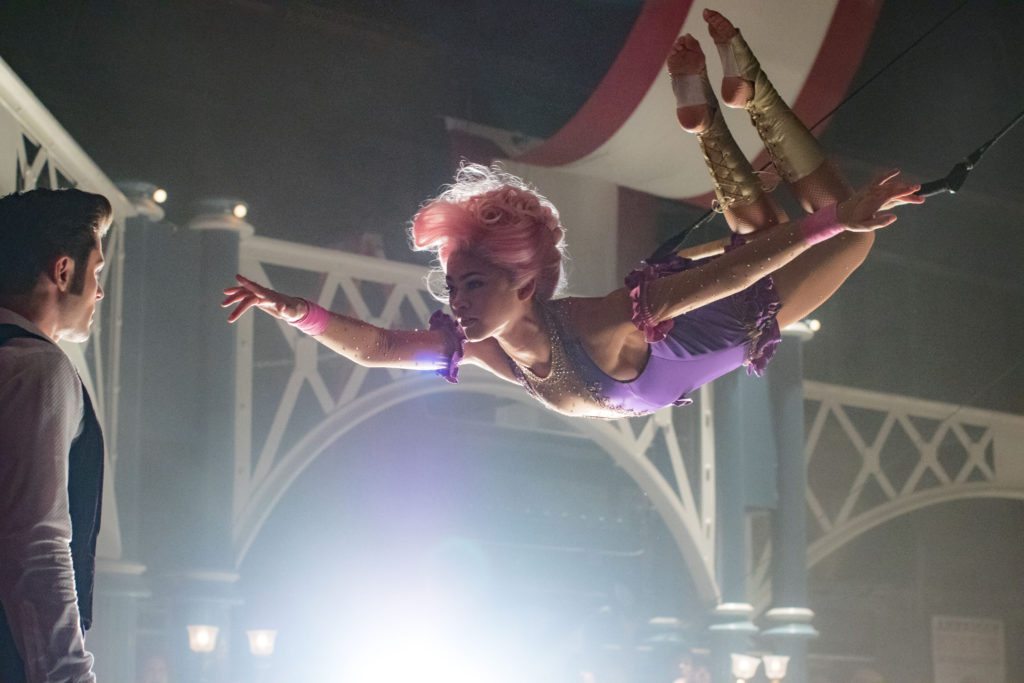
Barnum’s belief in those who are overlooked by everyone else – the bearded lady with the voice of an angel, the incredibly witty dwarf, the thief-turned-magician, the African-American brother-and-sister trapeze artists – is built on his own recognition of his position as an outsider. It’s beautifully captured in an early scene where Barnum is stealing to find something to eat, when he’s surprisingly offered kindness by a deformed beggar. It shows up again when Barnum recruits the uppercrust Carlysle (Zac Efron) to cross the lines of economic expectation, to be part of something more. It made me wonder what the world would look like if we each remember the times we were once left out, and the way that we were included and brought in from the outside.?
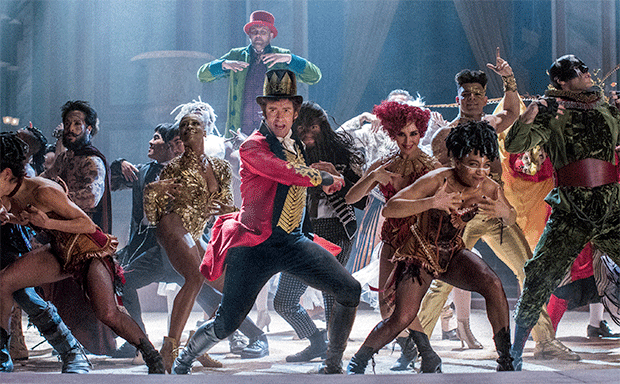 I long for the vision that Barnum had, of a place, a family, a community, where everything would be transformed into something new and brilliant. I?believe?in the power of that vision – a representation of the kingdom of God on Earth – but I know from experience that it takes energy, faith, and work to see the vision into reality. Barnum’s focus on bringing joy unites and inspires those he calls on to join him – even the skeptical Carlysle. It’s?Field of Dreams?without the baseball, but it also shows the power of inspiration to help others see the vision, too.
I long for the vision that Barnum had, of a place, a family, a community, where everything would be transformed into something new and brilliant. I?believe?in the power of that vision – a representation of the kingdom of God on Earth – but I know from experience that it takes energy, faith, and work to see the vision into reality. Barnum’s focus on bringing joy unites and inspires those he calls on to join him – even the skeptical Carlysle. It’s?Field of Dreams?without the baseball, but it also shows the power of inspiration to help others see the vision, too.
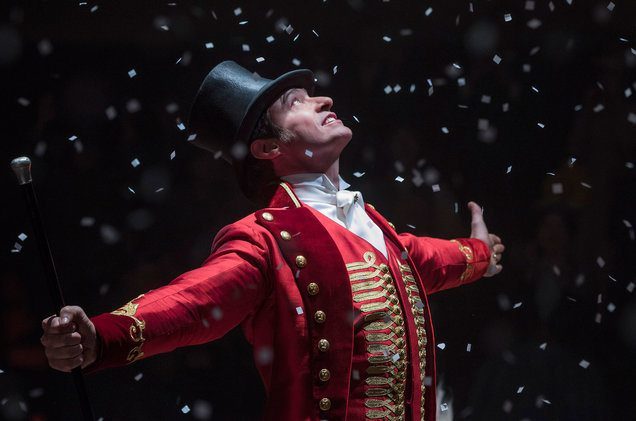 Thanks to the film’s ability to see the rise and fall (and rise) of Barnum, we see the business success and personal failure of his partnership with the Swedish Nightingale, Jenny Lind. While the real-life Barnum was a success on a multitude of levels (business, politic, philanthropy), the focus on his circus years shows the depth of his vision – and the way that his Jenny Lind musical tour distracted him both personally and professionally from what he was meant to be. While providing an entertaining diversion – and the ‘third act’ tension required of a dramatic story arc – it also serves as a reminder that we should beware the pitfalls mixed with success, ambition, and greed. Whether we’re a business, a church, or a community, what we long for and pursue must be kept front and center in what we do.
Thanks to the film’s ability to see the rise and fall (and rise) of Barnum, we see the business success and personal failure of his partnership with the Swedish Nightingale, Jenny Lind. While the real-life Barnum was a success on a multitude of levels (business, politic, philanthropy), the focus on his circus years shows the depth of his vision – and the way that his Jenny Lind musical tour distracted him both personally and professionally from what he was meant to be. While providing an entertaining diversion – and the ‘third act’ tension required of a dramatic story arc – it also serves as a reminder that we should beware the pitfalls mixed with success, ambition, and greed. Whether we’re a business, a church, or a community, what we long for and pursue must be kept front and center in what we do.
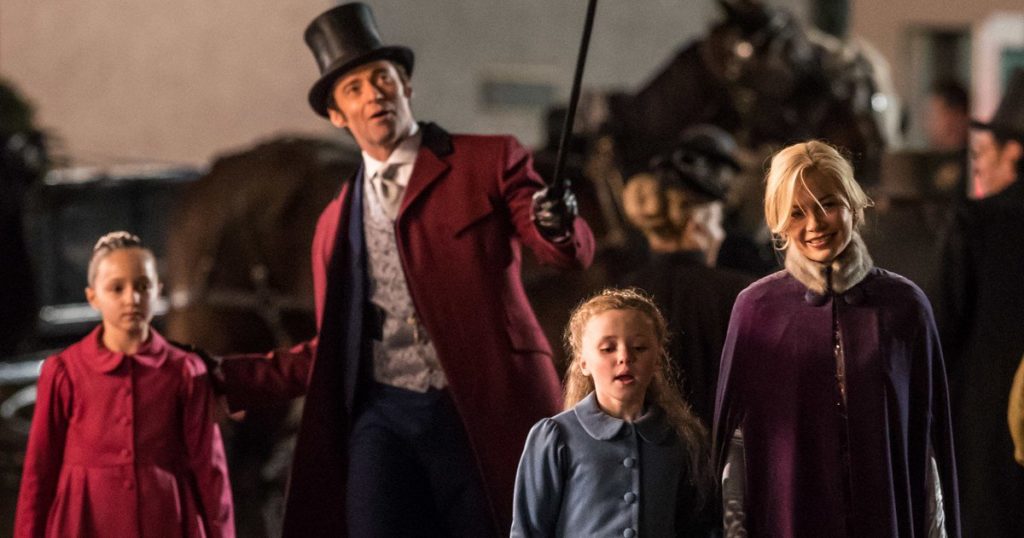 While some of the acts Barnum collects are singularly stunning visually, there’s a reminder here that everyone has a gift, that everyone?matters. It’s articulated by Zendaya’s Anne Wheeler when she admonishes Carlysle, “everyone has an act.” It combines the first few notes of the film, because the focus has been so heavy on the visual ‘freaks’ that somehow threaten the townies, as Carlysle becomes the one who needs a place, who finds a home, who recognizes his gift. This is?church?– where the message is for everyone, the blood, sweat, and tears have been shed for all, and the places at the table are available to all.
While some of the acts Barnum collects are singularly stunning visually, there’s a reminder here that everyone has a gift, that everyone?matters. It’s articulated by Zendaya’s Anne Wheeler when she admonishes Carlysle, “everyone has an act.” It combines the first few notes of the film, because the focus has been so heavy on the visual ‘freaks’ that somehow threaten the townies, as Carlysle becomes the one who needs a place, who finds a home, who recognizes his gift. This is?church?– where the message is for everyone, the blood, sweat, and tears have been shed for all, and the places at the table are available to all.
 Yes, Barnum may have been the greatest showman, but the film is so much more than entertainment.
Yes, Barnum may have been the greatest showman, but the film is so much more than entertainment.

